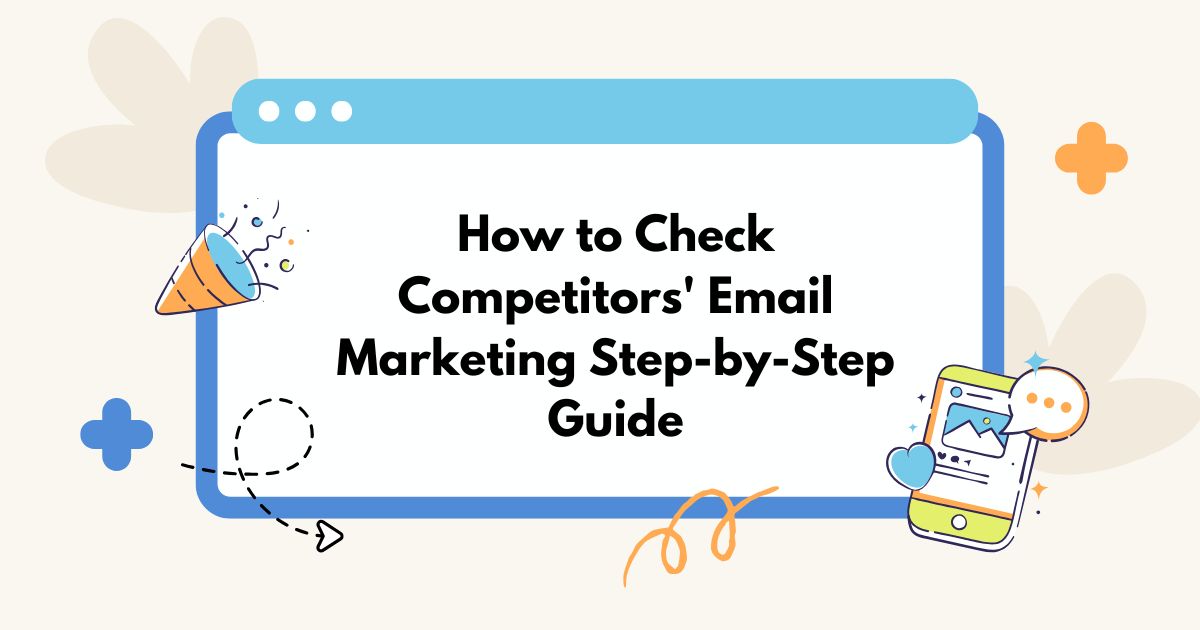
Understanding what your competitors are doing with their email marketing can give you a significant advantage. By analyzing their strategies, timing, content, and tactics, you can identify gaps in your own approach and discover new opportunities to engage your audience.
This guide will walk you through proven methods to research competitor email campaigns, analyze their strategies, and apply those insights to improve your own email marketing performance.
Why Competitor Email Analysis Matters
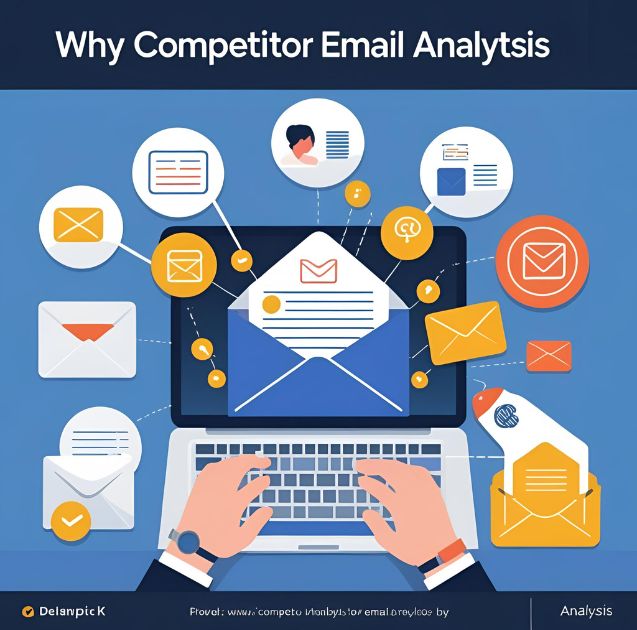
Email marketing remains one of the highest-ROI marketing channels, with an average return of $42 for every $1 spent. Your competitors know this, which is why they’re likely investing heavily in their email strategies.
By understanding their approach, you can:
- Identify content gaps in your email marketing
- Discover new segmentation strategies
- Learn from their timing and frequency patterns
- Spot opportunities they’re missing
- Benchmark your performance against industry standards
The key is approaching this research systematically rather than randomly subscribing to competitor emails and hoping for insights.
Step 1: Identify Your Email Marketing Competitors
Not all business competitors are email marketing competitors. Some companies in your industry might rely heavily on social media or paid advertising, while others focus primarily on email campaigns.
Direct Competitors
Start with companies that offer similar products or services to your target audience. These are your obvious competitors, but don’t assume they’re all active in email marketing.
Indirect Competitors
Look for businesses that target the same audience but offer different solutions. A project management software company might learn from productivity apps, business coaching services, or professional development platforms.
Aspirational Competitors
Include companies you admire for their marketing excellence, even if they’re in different industries. A local restaurant might study how national retail brands craft their email campaigns.
Finding Active Email Marketers
To identify which competitors are actively using email marketing:
- Visit their websites and look for email signup forms
- Check their social media profiles for mentions of newsletters or email exclusive offers
- Use tools like SimilarWeb or SEMrush to see if they’re driving traffic through email campaigns
- Look for “unsubscribe” links in their social media bios, which often indicate active email marketing
Step 2: Subscribe to Competitor Emails
Once you’ve identified active competitors, start subscribing to their email lists. This requires a strategic approach to gather comprehensive data.
Use Dedicated Email Addresses
Create separate email addresses for competitor research. This keeps your personal inbox clean and makes it easier to organize and analyze the emails you receive.
Consider using formats like:
- [yourname]+[competitor]@gmail.com
- research.[competitor]@[yourdomain].com
Subscribe Through Different Channels
Many companies send different emails based on how subscribers joined their list. Try subscribing through:
- Homepage newsletter signups
- Blog subscription forms
- Lead magnets and content downloads
- Product trial registrations
- Social media campaigns
- Exit-intent popups
Create Different Personas
If possible, subscribe using different personas to see how they segment their audiences. Use different:
- Job titles in signup forms
- Company sizes
- Industry selections
- Geographic locations
Step 3: Organize Your Competitor Email Collection
Effective analysis requires good organization. Set up systems to track and categorize the emails you receive.
Email Folders and Labels
Create dedicated folders or labels for each competitor. Consider subcategories like:
- Welcome series
- Promotional emails
- Newsletter content
- Product updates
- Seasonal campaigns
Tracking Spreadsheets
Maintain a spreadsheet to track key metrics and observations:
- Send date and time
- Subject line
- Email type (promotional, educational, transactional)
- Call-to-action
- Design elements
- Personalization level
- Links and offers
Screenshot Documentation
Take screenshots of interesting emails, especially those with strong design elements or unique layouts. Email designs can change or disappear, so documentation helps with long-term analysis.
Step 4: Analyze Email Frequency and Timing
Understanding when and how often competitors send emails reveals important strategic insights.
Send Frequency Patterns
Track how often each competitor sends emails:
- Daily senders often have high-engagement audiences or news-focused content
- Weekly senders typically balance staying top-of-mind with avoiding fatigue
- Monthly senders might focus on high-value, comprehensive content
Timing Analysis
Based on the email marketing timing research, most companies send emails Tuesday through Thursday, with peak performance often occurring:
- Morning sends (8-10 AM) for B2B audiences
- Lunch hours (12-1 PM) for quick, engaging content
- Early evening (5-7 PM) for consumer brands
- Late evening (8-10 PM) for lifestyle and entertainment content
Pay attention to competitors who deviate from these patterns—they might have discovered unique insights about your shared audience.
Seasonal Adjustments
Notice how competitors adjust their email frequency and timing during:
- Holiday seasons
- Industry events
- Product launch periods
- Summer or vacation periods
Step 5: Examine Content Strategies
Content analysis reveals how competitors position themselves and engage their audiences.
Content Types
Categorize the emails you receive:
- Educational content: How-to guides, industry insights, tips
- Promotional content: Sales announcements, discount offers, product launches
- Company updates: News, team announcements, behind-the-scenes content
- User-generated content: Customer stories, testimonials, case studies
- Curated content: Industry news, third-party articles, resources
Content Ratio
Calculate the percentage of promotional versus educational content. Companies with higher educational content ratios often build stronger long-term relationships with subscribers.
Content Depth
Analyze whether competitors focus on:
- Short, scannable content that drives traffic to their website
- Long-form content that provides value directly in the email
- Mixed approaches that vary by email type
Value Proposition
Identify how each competitor positions their unique value:
- What problems do they claim to solve?
- What benefits do they emphasize?
- How do they differentiate from other options?
Step 6: Analyze Design and User Experience
Email design significantly impacts engagement and conversion rates.
Visual Elements
Document competitors’ design choices:
- Brand colors and fonts
- Image usage and quality
- Layout structure (single column, multi-column, grid)
- Header and footer elements
- Mobile optimization approach
Call-to-Action Strategies
Analyze how competitors structure their CTAs:
- Button versus text link preferences
- CTA placement within emails
- Number of CTAs per email
- Language and urgency tactics
Personalization Levels
Note how competitors use personalization:
- Basic name insertion
- Behavioral triggers
- Dynamic content based on preferences
- Location-based customization
Step 7: Study Welcome Series and Automation
Automated email sequences often represent a company’s most strategic thinking about subscriber engagement.
Welcome Series Analysis
Most competitors will send you a welcome series after you subscribe. Analyze:
- Length of the series (how many emails)
- Timing between emails
- Content progression and goals
- Offers and incentives included
Behavioral Triggers
Look for emails triggered by specific actions:
- Website browsing behavior
- Email engagement levels
- Purchase history
- Content downloads
Re-engagement Campaigns
Pay attention to emails sent after periods of inactivity—these reveal how competitors try to win back disengaged subscribers.
Step 8: Use Email Intelligence Tools
Several tools can enhance your competitor email analysis by providing additional data and insights.
Email Tracking Tools
Really Good Emails provides a database of email campaigns across industries, allowing you to search for competitors and browse their recent campaigns.
Mailcharts offers competitor email tracking and analysis, including send frequency, subject line analysis, and content trends.
Email Monks provides email design inspiration and competitor analysis features.
General Marketing Intelligence
SimilarWeb can show you what percentage of website traffic comes from email marketing for your competitors.
SEMrush offers limited email marketing insights as part of its broader competitive analysis tools.
Owletter tracks competitor newsletters and provides analysis of their strategies.
Step 9: Identify Opportunities and Gaps
After gathering data, look for strategic opportunities in your competitive landscape.
Content Gaps
Are there topics your audience cares about that competitors aren’t addressing? These represent opportunities for you to provide unique value.
Timing Opportunities
If all competitors send emails at similar times, you might find success by sending when inboxes are less crowded.
Segmentation Opportunities
Notice how competitors segment their audiences. Are they missing important demographic or behavioral segments you could target?
Design Differentiation
If competitors all use similar design approaches, you might stand out with a different visual style or layout structure.
Step 10: Apply Insights to Your Strategy
The goal of competitor analysis is to improve your own email marketing performance.
Testing Framework
Don’t copy competitor strategies directly. Instead, use their approaches as hypotheses to test:
- A/B test subject line styles you’ve seen competitors use successfully
- Experiment with content ratios that seem to work for others
- Test different send times based on competitor patterns
Content Planning
Use competitor content analysis to inform your editorial calendar:
- Fill the gaps you’ve identified in the market
- Put your unique spin on topics competitors cover
- Time your content to complement or counter competitor campaigns
Design Improvements
Incorporate design elements that consistently appear across successful competitor emails, while maintaining your brand identity.
Ethical Considerations and Best Practices
While competitor analysis is standard business practice, maintain ethical standards throughout your research.
Respect Privacy and Terms
Only analyze emails you’ve legitimately subscribed to receive. Don’t use deceptive practices to access competitor email lists.
Focus on Strategy, Not Copying
Use competitor analysis to understand strategy and identify opportunities, not to copy content directly.
Maintain Your Brand Voice
While you can learn from competitors, ensure your email marketing remains authentic to your brand and valuable to your specific audience.
Start Your Competitor Email Analysis Today
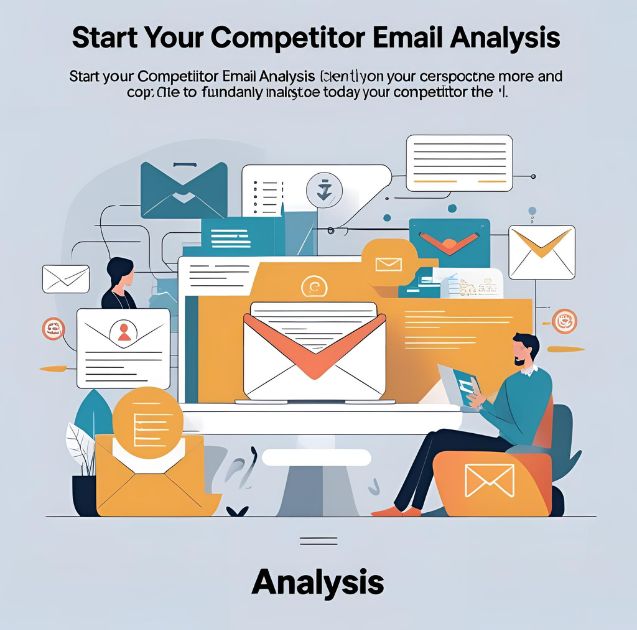
Begin by identifying three to five key competitors and subscribing to their email lists using the methods outlined above. Set up organization systems to track their campaigns systematically.
Remember that competitor analysis is most valuable when combined with your own testing and optimization. Use competitor insights to generate hypotheses, then test those hypotheses with your own audience.
The email marketing landscape constantly evolves, so make competitor analysis an ongoing process rather than a one-time project. Schedule monthly reviews of competitor campaigns to stay current with their strategies and identify new opportunities.
Your competitors are likely analyzing your emails too. The companies that succeed in email marketing are those that learn from others while continuously innovating and testing new approaches with their own audiences.



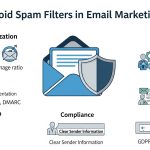


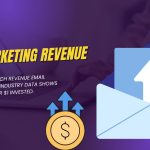
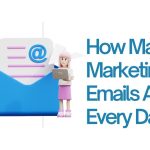







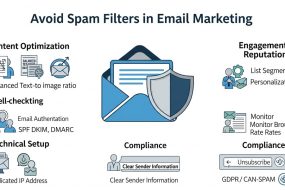
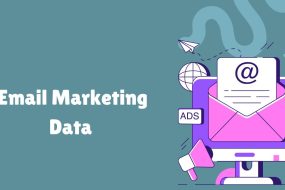
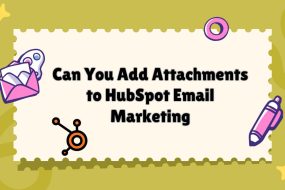
No Comments